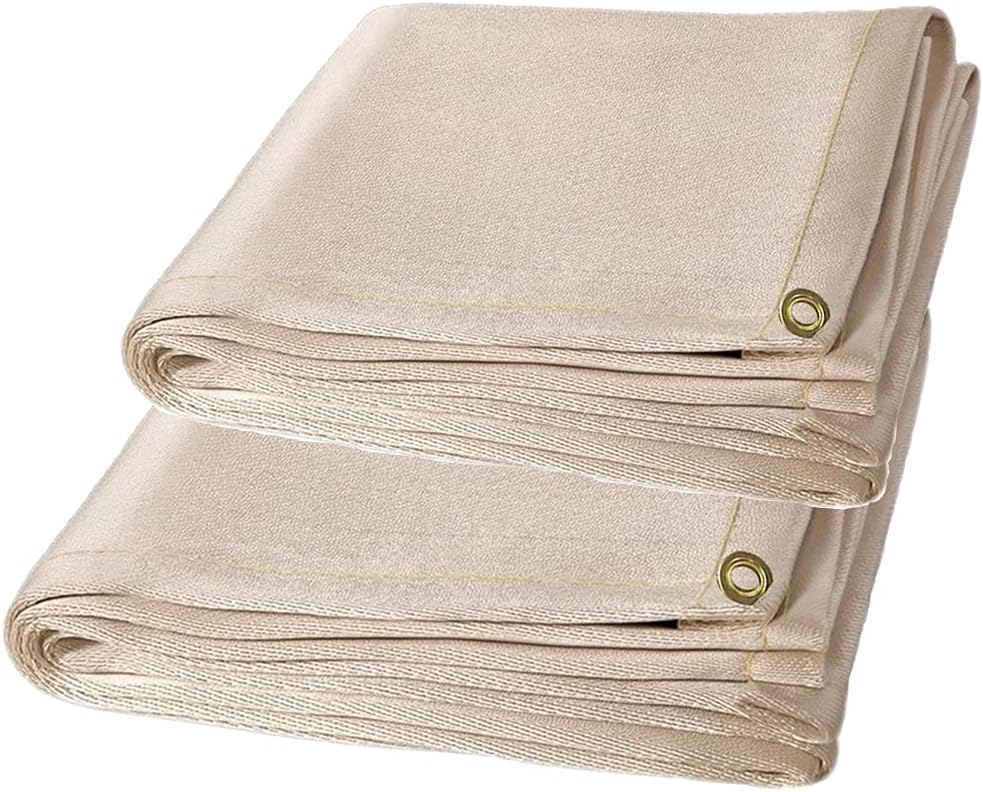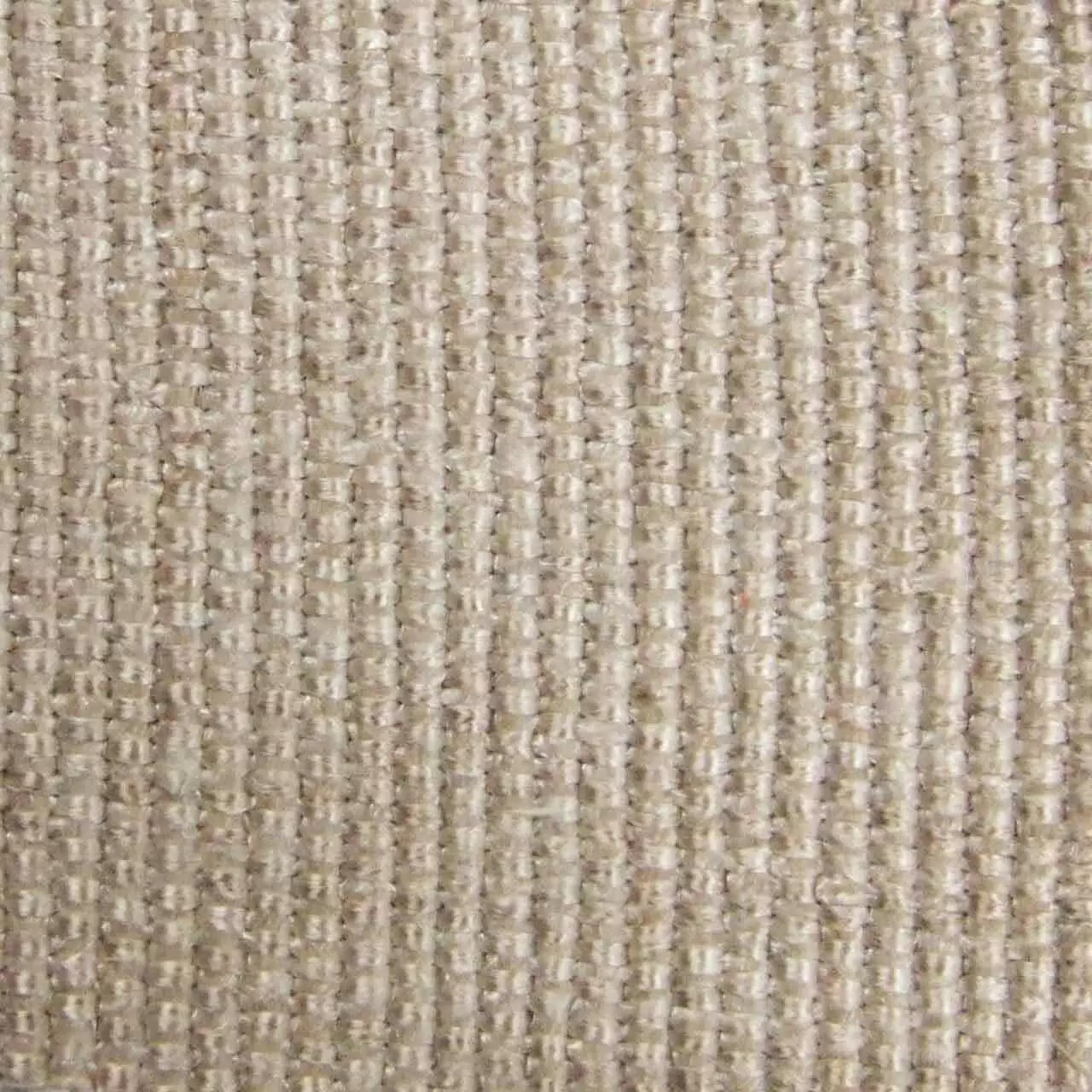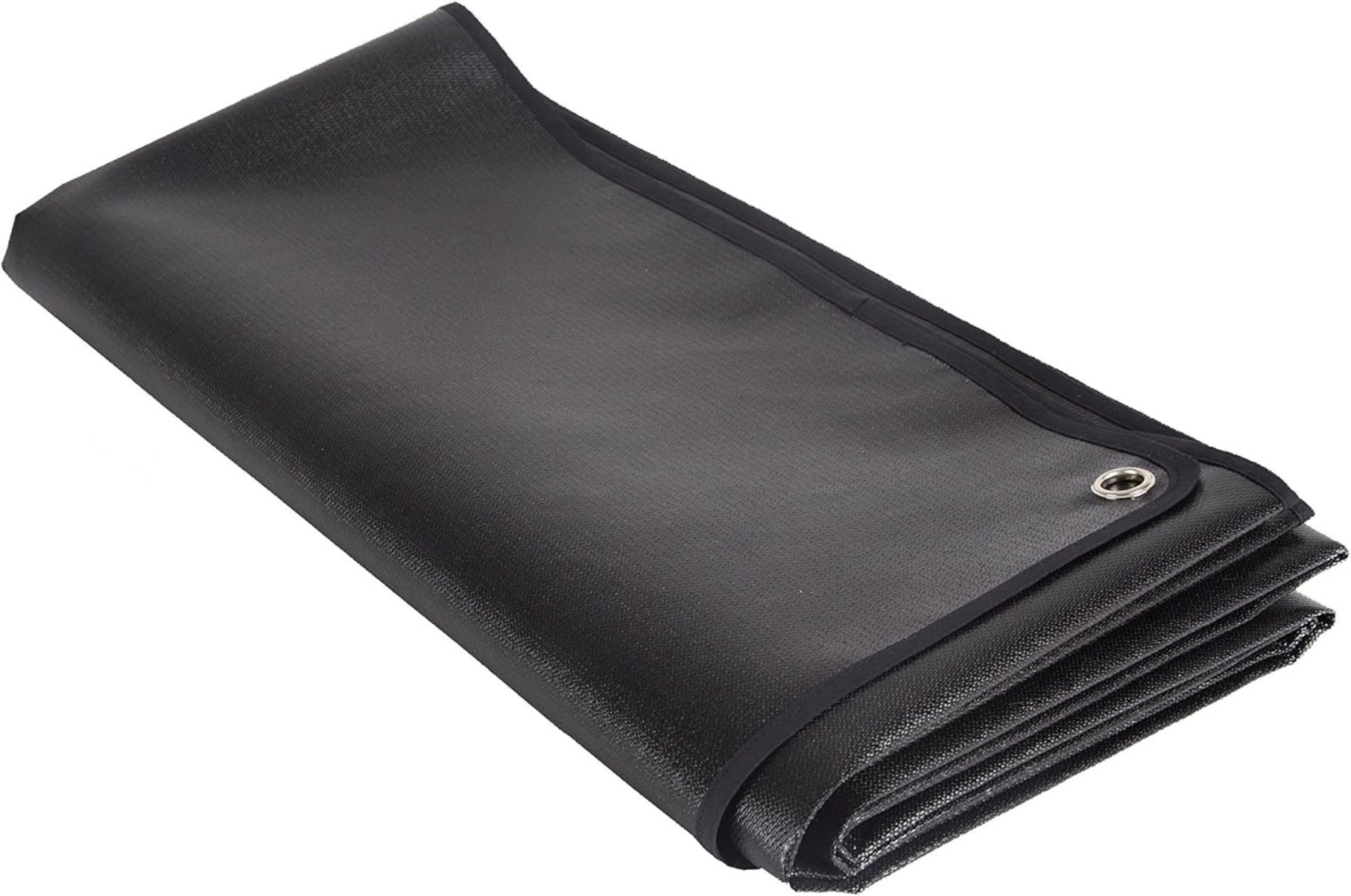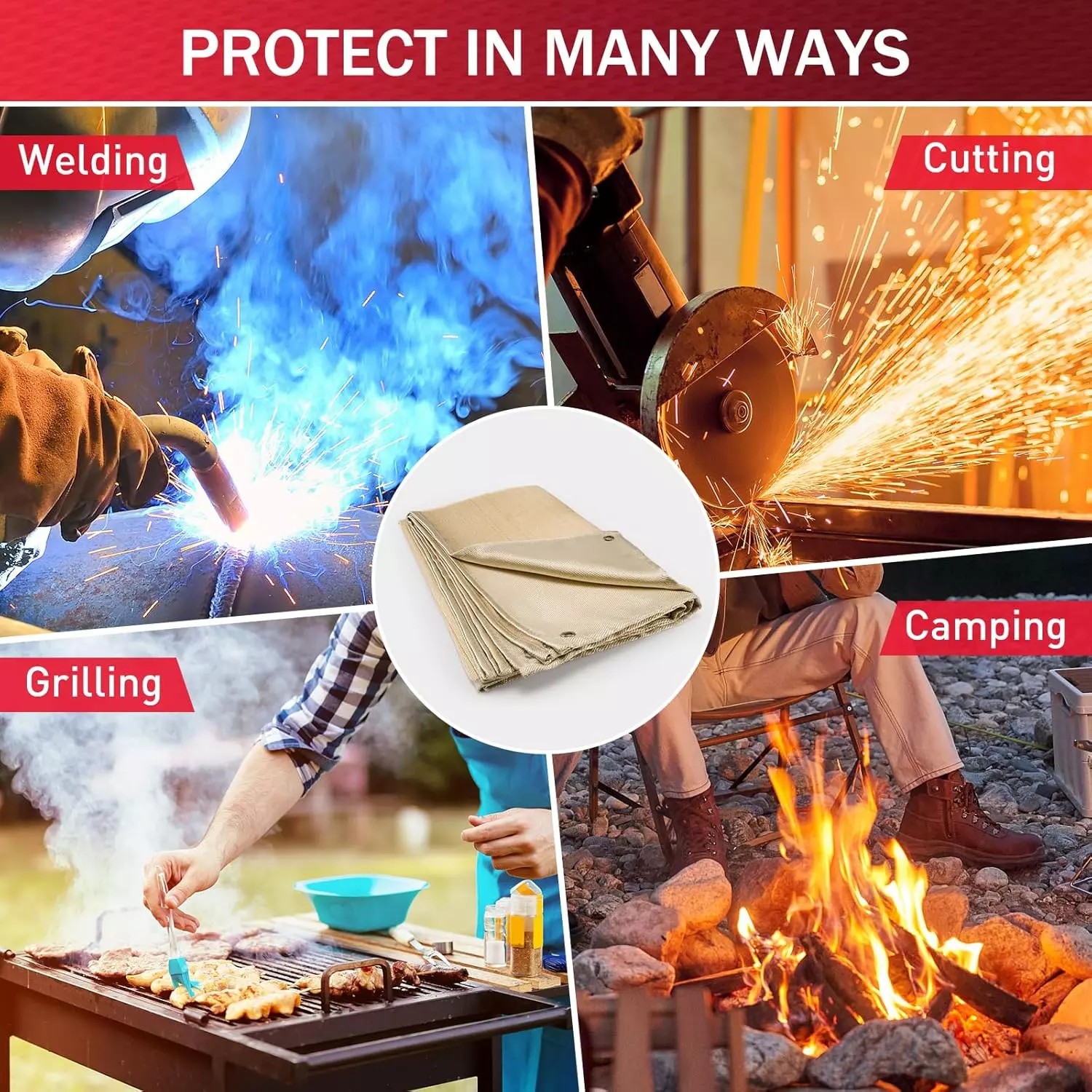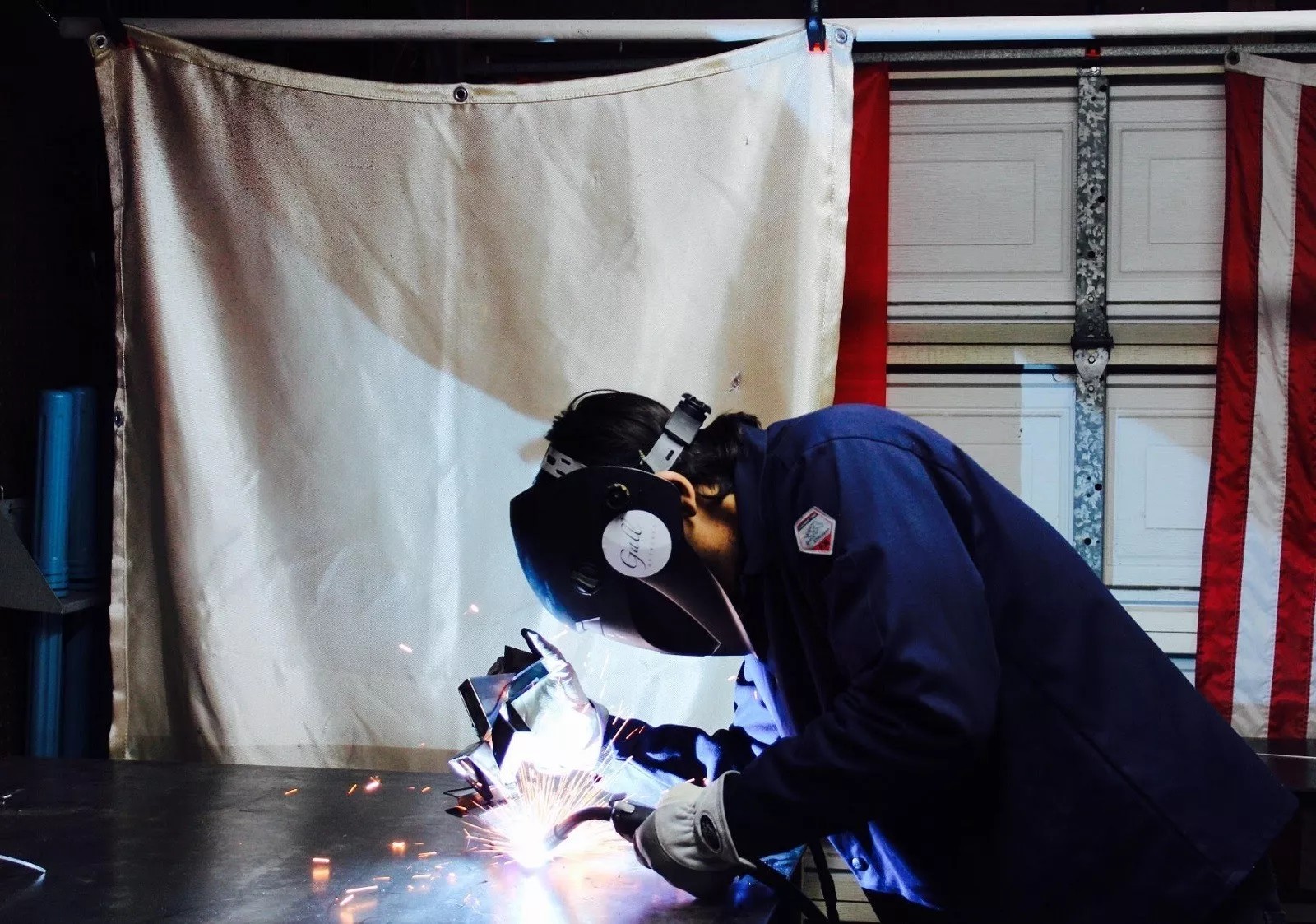Essential Fire Safety: How to Use Fire Extinguishers and Blankets Properly
Summary:This guide explains when and how to use fire extinguishers and blankets effectively. You'll learn the types of fires each can handle, proper techniques, and safety precautions to protect yourself during emergencies.
Understanding Fire Extinguishers
Fire extinguishers are your first line of defense against small fires. You'll find different types designed for specific fire classes:
- Class A:For ordinary combustibles (wood, paper)
- Class B:For flammable liquids (gasoline, oil)
- Class C:For electrical fires
- Class D:For combustible metals
- Class K:For kitchen fires (grease, fats)

Most homes should have at least one multipurpose (ABC-rated) extinguisher. Check the pressure gauge monthly - the needle should be in the green zone. Remember the PASS technique:
- Pullthe pin
- Aimat the base of the fire
- Squeezethe handle
- Sweepfrom side to side
When to Use a Fire Blanket
Fire blankets work best for small contained fires, especially:
- Stovetop grease fires (never use water!)
- Clothing fires (wrap the person and roll them)
- Small trash can fires
To use a fire blanket:
- Pull the tabs to release the blanket from its container
- Hold the blanket as a shield between you and the fire
- Place it gently over the flames to smother them
- Leave it in place for at least 15 minutes
Fire blankets have advantages over extinguishers - no chemicals, no cleanup, and they won't damage electronics. Keep one in your kitchen and workshop.
Key Safety Considerations
Before attempting to fight any fire:
- Ensure everyone is evacuating and someone has called emergency services
- Confirm you have a clear escape route
- Only fight fires smaller than a trash can
- If the fire grows or smoke affects breathing, leave immediately
Remember that fire extinguishers have limited capacity (typically 8-30 seconds of discharge). Fire blankets can only cover small areas. Neither should be used on large or spreading fires.
Maintenance and Placement
Proper storage ensures your fire extinguisher and blanket will work when needed:
- Mount extinguishers near room exits but away from heat sources
- Keep blankets in quick-access containers (not buried in drawers)
- Replace extinguishers every 10-12 years or after use
- Replace blankets if the material becomes brittle or damaged
Train all household members on the location and use of both devices. Practice pulling the extinguisher pin and unfolding the blanket so you're prepared.
When Not to Use Them
There are situations where fire extinguishers and blankets aren't appropriate:
- Large fires (bigger than you are tall)
- Fires spreading through walls or ceilings
- Chemical fires unless you have the proper specialized equipment
- If you're unsure about the fire's source or behavior
In these cases, focus on evacuation and let professionals handle the fire. Your safety matters more than property.
Conclusion
Fire extinguishers and blankets are essential safety tools when used correctly. Remember that extinguishers work best on contained fires with clear fuel sources, while blankets excel at smothering small grease and clothing fires. Regular maintenance and proper training ensure you'll be prepared without taking unnecessary risks during emergencies.


